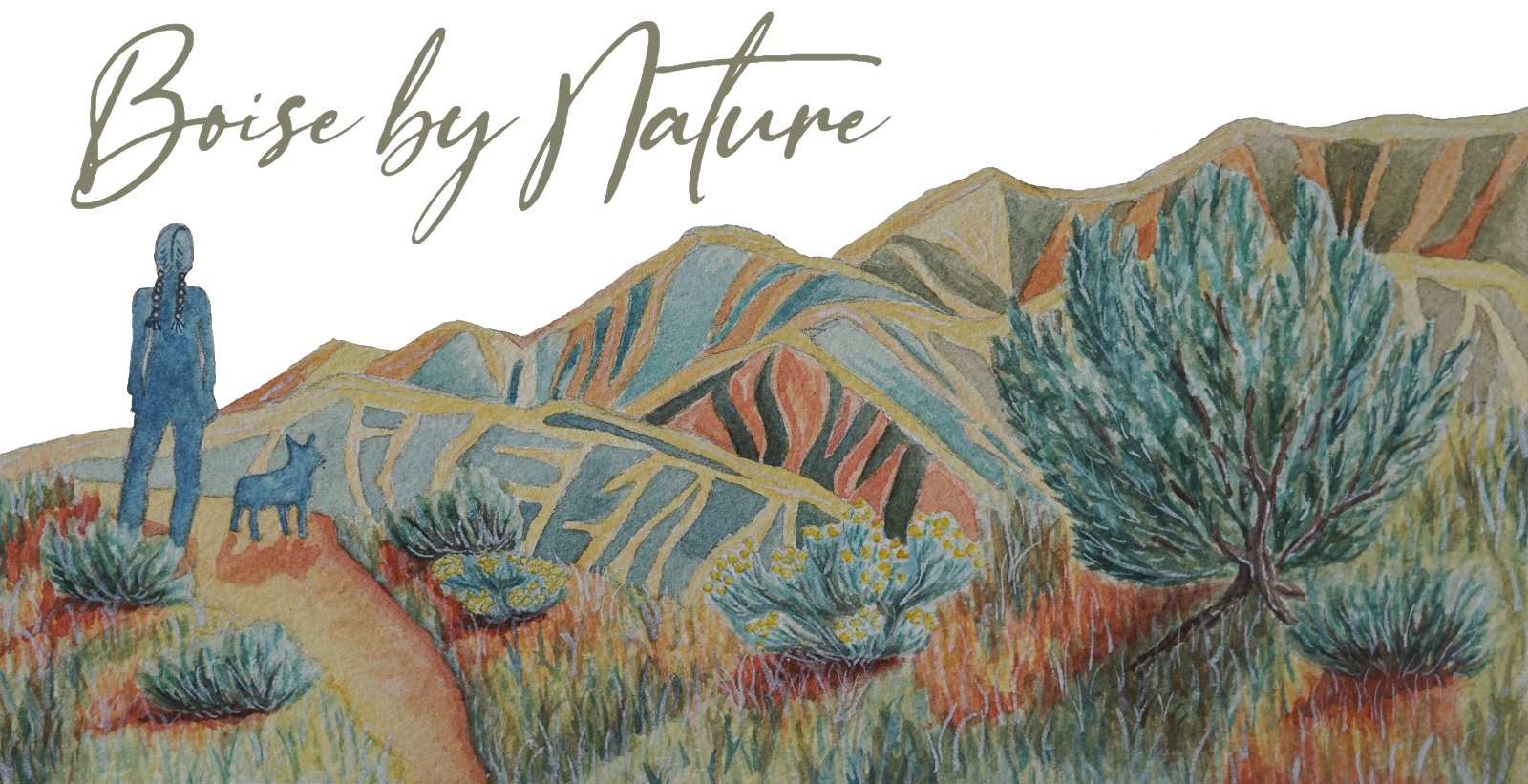 |
| Sagebrush buttercups this week in the Boise foothills - a beautiful harbinger of spring! |
Something my Master Naturalist class recently covered is nature journaling. I have been a very sporadic journal-keeper, but really do treasure memories I've documented through a journal--summers of field work, travel experiences, and new nature discoveries.
Here are a few notes I have from the Master Naturalist class on nature journaling:
Check out John Muir Laws' website on nature journaling. This is a wonderful resource with tons of information on how to get started with nature journaling. You can even search for a nature journal club near your area, or start one of your own!
1. Why keep a nature journal?
- Document observations and changes
- Keep a life list (life birding list or plant list, etc)
- Strengthen focus and observation skills
- Record time outdoors
- Explore a specific topic, theme, or idea
- Build new neural pathways
2. Nature Journal Techniques: nature journals take on many forms. A more formal style is the Formal Grinnell Journal format, which includes specific sections for a field notebook, field journal, catalog, and species account. Another style is a more informal nature journal, which is more of a mixture of text, sketches, and collected materials.
3. There is a three-part journal approach:
- I notice...
- I wonder...
- I see...
4. Sketching Techniques:
- Blind contour: this is a technique in which you don't look at the paper and simply observe your subject of the drawing while your hand draws. This technique is meant to improve your understanding and relationship between what you see and what you draw, and learn proportions.
- Quick gesture: drawing different positions of wildlife (birds, etc)
- Diagrammatic drawing
- Zoom sketches (scale): detailed sketches on certain elements of an item
- Additional ideas: add pressed flowers, clippings, photos, or maps to your nature journal
5. Sound Mapping:
- We often hear changes in the environment before we can see them, so making a map of sounds can help you become more aware of all of the sounds in your environment.
- Details to map can include volume, source, motion and pattern.
- Check out the fun online game Bird Song Hero from Cornell Lab of Ornithology. This game not only teaches interesting sound maps on bird calls, but is great practice for recognizing those bird calls!
 |
| Find a detail in nature that interests you and try to sketch it and describe it! |

Comments
Post a Comment